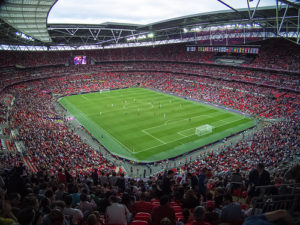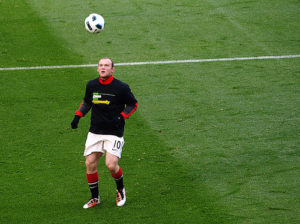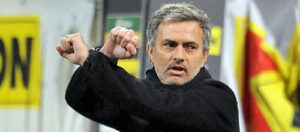Arsenal and Chelsea face off in the FA Cup final on Saturday with both sides hoping to end the season in a flourish. Arsenal head into the clash on the back of failing to qualify for the Champions League and with the absence of Laurent Koscielny and Gabriel Paulista.
The Blues have already lost to The Gunners this season, a 3-0 defeat back in September which ensured that manager, Antonio Conte tweaked his formation and saw Chelsea win 13 consecutive matches, and ultimately the league. The Blues have weaknesses and the Gunners can definitely exploit them. We take a look at how.
Stretching of the Arsenal backline
The trio of Monreal, Mustafi and Holding are the likely centre-backs. However, when with the ball, Granit Xhaka must drop back making it four at the back, which will provide two extra men in the midfield. Gibbs, who is most likely to play at left wing back while on the right flank, Oxlade Chamberlain. This will be necessary to provide pressure on Chelsea’s wingbacks and push them further away from the Arsenal goal as Chelsea rely so much on their wingnacks to offer width.
Man marking of Eden Hazard
Chelsea’s danger man must be marked out of the game to ensure that The Blues have no outlet going forward. In Chelsea’s 2-0 loss to Manchester United some weeks back, AAnder Herrera performed this role to machine like efficiency. This is necessary because the Belgian likes drifting inside when the Blues are on the ball, leaving Marcos Alonso on the overlap. A man marking job will ensure that the overlap of Alonso will be null and void, as the Gunners aim to bomb forward on the ball through the flanks.
Relentless pressing
Back in September, Chelsea proved that relentless pressure can be the undoing of them. Pressing the Premier League champions into their own half will ensure mistakes and the workload on Kante will be so much that he won’t be able to shoulder it. The likes of Azpilicueta and Cahill are not so comfortable on the ball, meaning if pressed high, can be prone to errors.






